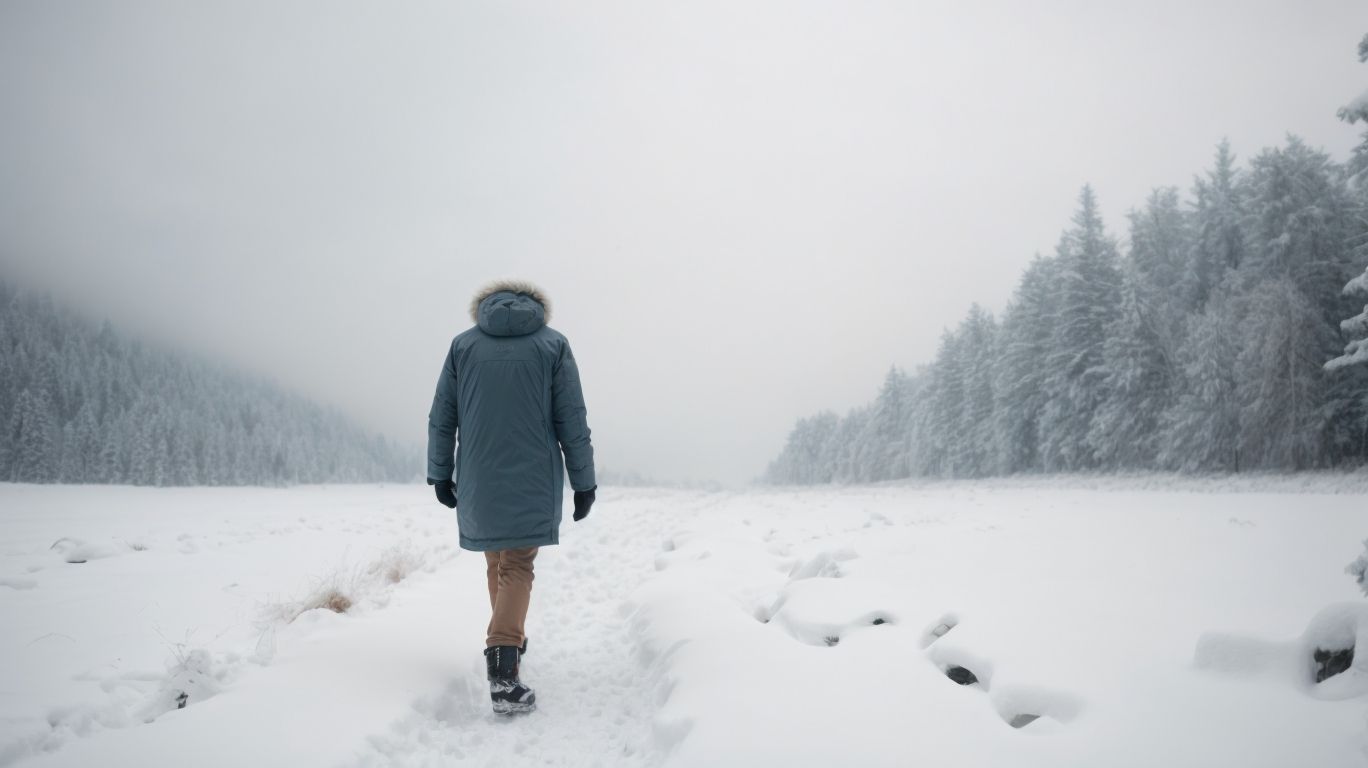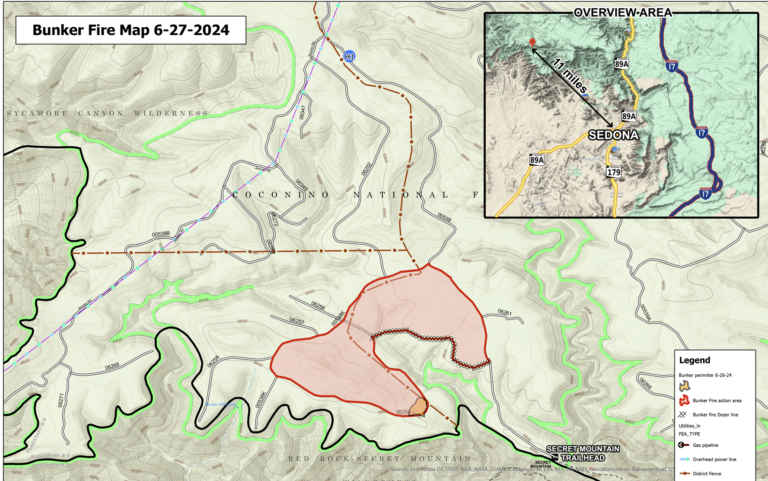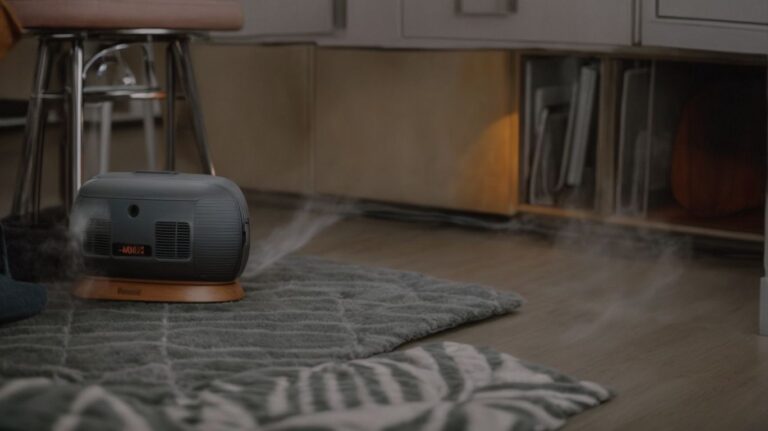How To Survive a Snowstorm – Snowstorms can be beautiful to watch from the cozy warmth of your home, but they can also pose serious dangers if you’re caught unprepared. In this comprehensive guide, we will explore what exactly a snowstorm is, the different types of snowstorms, and the signs to look out for. We will also discuss how to prepare for a snowstorm, including what supplies to have on hand and how to get your home and car ready.
We will provide tips on what to do during a snowstorm to stay warm and safe, as well as what to do if you find yourself stuck in your car. We will cover what steps to take after a snowstorm, including how to clear snow safely, check for damage, and stay safe during clean-up.
Whether you’re a seasoned pro or facing your first snowstorm, this article will equip you with the knowledge you need to survive the winter weather.
What is a Snowstorm?
A snowstorm is a meteorological event characterized by heavy snowfall, frigid temperatures, and strong winds, typically occurring during the winter season in regions prone to cold weather extremes.
The intensity of a snowstorm can vary, with some evolving into severe blizzards that bring about near-zero visibility due to the heavy snowfall and powerful winds.
Blizzards, a specific type of snowstorm, are defined by sustained winds of at least 35 mph and considerable blowing or drifting snow. The combination of these elements creates challenging conditions for transportation, leading to road closures and flight cancellations.
In addition to disrupting daily routines, snowstorms contribute to the picturesque winter landscapes that many associate with the cold, wintery season.
What are the Different Types of Snowstorms?
Snowstorms can vary in intensity and impact, with different types including blizzards, winter storms, and extreme conditions that test one’s survival skills and preparedness in the face of nature’s fury.
- Blizzards, known for their strong winds and heavy snowfall, can create whiteout conditions, making it nearly impossible to see and navigate.
- Winter storms are characterized by a mix of snow, sleet, and freezing rain, leading to treacherous road conditions and power outages.
- Extreme conditions, like ice storms, Atmospheric Rivers, and polar vortexes, bring about dangerously low temperatures, posing a risk of hypothermia and frostbite.
Understanding these categories is crucial for taking appropriate safety measures and ensuring survival during severe winter weather events.
What are the Signs of a Snowstorm?
Recognizing the signs of an impending snowstorm is crucial for taking timely safety measures, including plummeting temperatures, darkening skies, and the onset of whiteout conditions that obscure visibility.
As a snowstorm approaches, you may notice a sudden drop in temperature, often accompanied by a significant decrease in visibility due to heavy snowfall. Cloud cover tends to thicken, creating a foreboding atmosphere. In some cases, gusty winds can pick up, swirling snowflakes in all directions. These weather patterns, along with the telltale signs of an imminent whiteout, serve as important indicators that a snowstorm is imminent.
How to Prepare for a Snowstorm?
Preparing for a snowstorm involves critical steps to ensure safety and survival, including assembling an emergency kit, fortifying shelter, stocking up on essential supplies, and formulating an evacuation plan if necessary.
It is imperative to have a well-equipped survival kit containing items such as non-perishable food, water, blankets, a flashlight, batteries, a first aid kit, and any necessary medications.
Staying informed about weather updates through a battery-powered radio is crucial. Reinforcing your home with insulation, securing loose objects, and ensuring heating sources are properly maintained are key safety measures.
Familiarizing yourself with emergency contacts and community shelters beforehand will also aid in prompt response during times of crisis.
What Supplies Should You Have?
Essential supplies for enduring a snowstorm include provisions for sustenance like food and water, medical supplies for first aid emergencies, and tools for communication and signaling to aid in rescue efforts.
These supplies are vital in ensuring survival during extreme weather conditions. In addition to non-perishable food items such as canned goods, dried fruits, and energy bars, it is essential to have an ample supply of bottled water to stay hydrated. First aid essentials like bandages, antiseptic wipes, and pain relievers are crucial in case of injuries. Communication devices such as a charged cell phone, a portable radio, and signaling tools like whistles or flashlights can help in contacting emergency services and signaling for help when needed.
How to Prepare Your Home?
Securing your home before a snowstorm involves reinforcing shelter with adequate insulation, ensuring heating sources are functional, sealing drafts, and creating a safe environment that withstands cold and harsh weather conditions.
- You can start by checking your windows and doors for any gaps that might let cold air in. Use weather stripping or caulking to seal these areas.
- Consider installing storm windows or thermal curtains to further insulate your home.
It’s also essential to inspect your heating system, ensuring it is in good working condition. Have your furnace or heating system serviced regularly to prevent any breakdowns during the winter months.
Cold-proof your floors by adding rugs or carpets, and consider using draft stoppers to prevent heat from escaping.
What to Do with Your Car?
Preparing your car for a snowstorm involves winterizing the vehicle, equipping it with emergency supplies, ensuring fuel levels are adequate, and having a safety plan in place to address unforeseen road challenges.
Winterizing your vehicle for the cold conditions is crucial. This includes checking tire pressure and tread depth, ensuring proper antifreeze levels, and inspecting the battery.
Emergency kits should contain essentials like blankets, snacks, water, a flashlight, and a first aid kit. Keeping your fuel tank at least half full is important in case you get stranded in traffic or have to navigate through snow-covered roads.
Having a comprehensive emergency plan that outlines steps to take in different scenarios can greatly increase your safety and preparedness during a snowstorm.
What to Do During a Snowstorm?
Navigating a snowstorm demands prioritizing safety by staying indoors, maintaining warmth through proper insulation and heating sources, and avoiding unnecessary travel to mitigate exposure to extreme conditions.
To ensure safety during a snowstorm, it is essential to seal any drafts in doors and windows to keep the warmth inside. Using draft stoppers, weather stripping, or thermal curtains can help in insulation. Wearing layers of clothing and utilizing blankets can aid in retaining body heat. It is crucial to refrain from outdoor activities during a snowstorm to prevent frostbite or hypothermia.
Keeping emergency supplies like blankets, food, and water readily available is also important in case of power outages or being snowed in.
How to Stay Warm?
Ensuring warmth during a snowstorm involves layering clothing for insulation, wearing snow-proof gear like gloves, hats, and scarves, and utilizing heat sources effectively to combat the cold and prevent hypothermia.
When it comes to layering clothing, start with a moisture-wicking base layer to keep sweat away from the body, then add insulating layers such as fleece or down jackets. Be sure to wear windproof and waterproof outer layers to shield against the elements. Opt for insulated boots to keep your feet warm and dry. Utilize accessories like hand warmers and heated insoles for added warmth.
To enhance insulation, consider using a thermal blanket or emergency bivvy to trap heat. These strategies combined can help you stay cozy and safe during a snowstorm.
How to Stay Safe?
Ensuring safety during a snowstorm involves protecting extremities against frostbite, using windproof and waterproof gear, maintaining dry clothes, and following safety protocols to prevent accidents and injuries in harsh conditions.
When facing a snowstorm, it’s crucial to remember that windproof clothing is your best defense against the biting cold. Layers are key to trapping heat and ensuring your body stays warm and insulated. Keeping your clothing dry is essential to prevent heat loss and hypothermia. Be sure to watch for signs of frostbite on exposed skin and seek immediate shelter if you suspect any issues. By staying prepared, informed, and properly equipped, you can navigate snowstorms with confidence and prioritize your safety above all else.
What to Do if You Get Stuck in Your Car?
If stranded in a car during a snowstorm, utilize emergency supplies, attempt self-rescue methods if safe, contact community resources for assistance, and prioritize staying safe and warm while awaiting help.
Make sure to check your emergency kit for items like blankets, food, water, and a flashlight. In case you are unable to free yourself from the snow, reach out to local authorities or organizations that provide aid during emergencies. Keep your car visible by turning on hazard lights and periodically clearing snow from the exhaust pipe to prevent carbon monoxide poisoning.
Conserve energy by only running the engine for short intervals to stay warm, and avoid falling asleep to maintain awareness of your surroundings.
What to Do After a Snowstorm?
After a snowstorm passes, safety measures include clearing snow safely, inspecting property for damage, ensuring safe navigation paths, and addressing any post-storm hazards to maintain a secure environment.
It is crucial to prioritize safe snow removal practices to prevent injuries and property damage. When clearing snow, use proper equipment like shovels or snow blowers to avoid straining muscles. Check for damage on roofs, gutters, and trees to address any potential hazards. Mitigate risks by removing icicles, clearing blocked drains, and salting pathways to prevent slips and falls.
Conduct safety checks on heating systems and utilities to ensure they are functioning properly after the storm. By taking these precautions, you can safeguard against accidents and create a safer post-snowstorm environment.
How to Clear Snow Safely?
Clearing snow safely post-snowstorm involves using shovels or snow removal tools, adopting proper techniques to prevent accidents or injuries, and maintaining caution while navigating icy or hazardous surfaces.
It is essential to choose the right shovel for snow removal, ensuring that it is sturdy and ergonomically designed to minimize strain on your back.
When shoveling, remember to lift with your legs and not your back to prevent muscle strains. It is crucial to take regular breaks to avoid overexertion and stay hydrated.
To prevent accidents, wear sturdy boots with good traction, and consider using salt or sand on icy areas to improve grip. Always be mindful of your surroundings and take slow, deliberate steps on slippery terrains to avoid falls.
How to Check for Damage?
Inspecting property for damage post-snowstorm involves a thorough examination of structural integrity, utility systems, and external conditions, following safety tips to identify and address potential hazards.
- The structural check typically includes looking for signs of roof damage such as missing shingles or sagging areas, assessing the stability of walls and foundations for any cracks or shifting, and inspecting windows and doors for potential leaks or damage.
- In parallel, system evaluations involve examining electrical systems for any water damage, checking plumbing for leaks or frozen pipes, and ensuring heating systems are functioning properly.
- Hazard identification further encompasses assessing tree damage, ice dams, and potential risks of collapse or flooding.
How to Stay Safe During Clean-up?
Maintaining safety during post-snowstorm clean-up involves following emergency procedures, using caution while snow shoveling, adhering to safety protocols, and enlisting help for challenging tasks to prevent accidents.
Snow shoveling should be done with proper technique to avoid strains or injuries. When shoveling, remember to bend at the knees, lift with your legs, and take frequent breaks to prevent overexertion. It’s also important to dress warmly, stay hydrated, and be mindful of signs of frostbite or hypothermia.
Collaborating with neighbors to clear sidewalks and driveways can help prevent accidents and ensure the safety of the entire community during winter storms. By working together and following these guidelines, the post-snowstorm clean-up process can be efficiently and safely completed.
Conclusion
In conclusion, mastering the art of surviving a snowstorm is not merely a matter of acquiring skills; it is a testament to resilience and preparedness. Munds Park, nestled in the picturesque mountains, serves as a poignant example of how life in such terrains demands a unique set of strategies for survival. Living amidst the mountains is a different type of life altogether—one that necessitates a profound understanding of the environment and a constant vigilance against the unpredictable whims of nature.
As we’ve explored, the key to surviving a snowstorm lies in comprehensive preparation. From having a well-stocked emergency kit to staying informed about weather forecasts, the residents of mountainous regions like Munds Park must be proactive in safeguarding themselves and their communities. The importance of proper clothing, reliable heating sources, and communication devices cannot be overstated in these challenging conditions.
Moreover, fostering a sense of community and mutual support is crucial in times of crisis. Munds Park exemplifies how neighbors can become lifelines, offering assistance and sharing resources during the most adverse weather conditions. The resilience of mountain communities underscores the need for a collective approach to facing the challenges posed by snowstorms.
In the end, surviving a snowstorm is not just about weathering the immediate storm but also about adapting to the distinctive lifestyle of mountain living. By embracing preparedness, communal bonds, and an understanding of the intricacies of mountain life, individuals in places like Munds Park can not only endure the harshest winter conditions but also thrive in the face of nature’s formidable tests.







